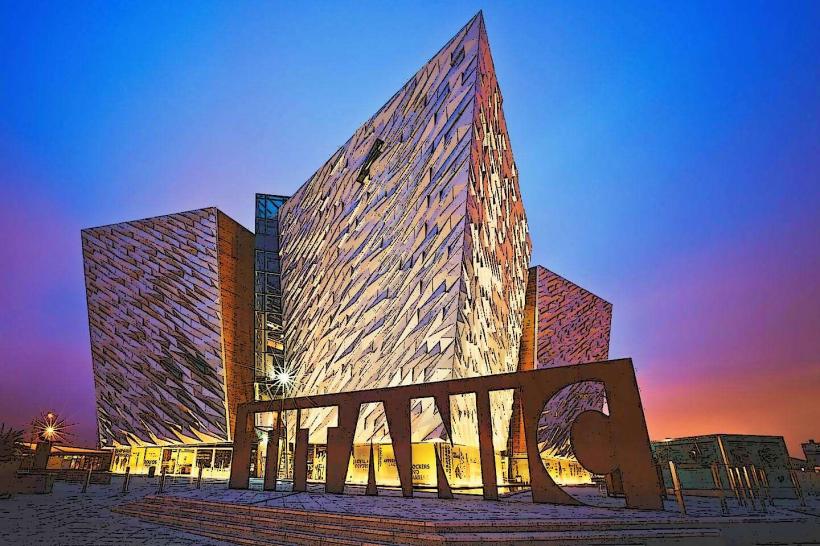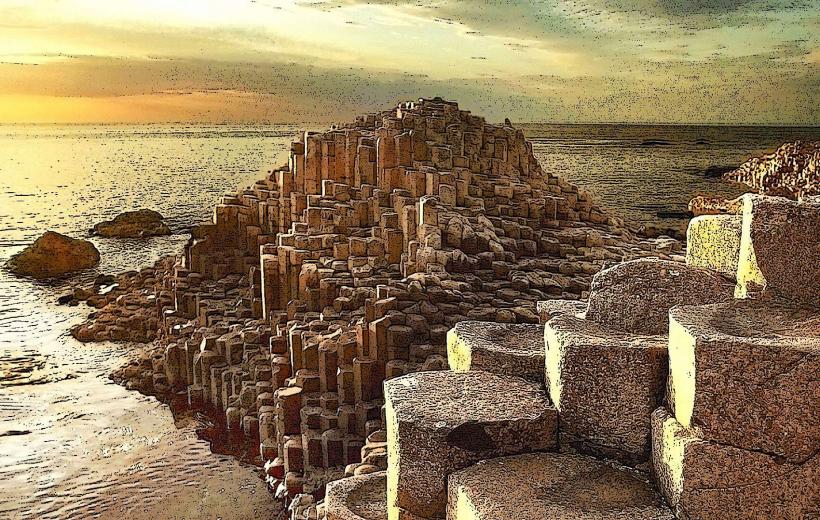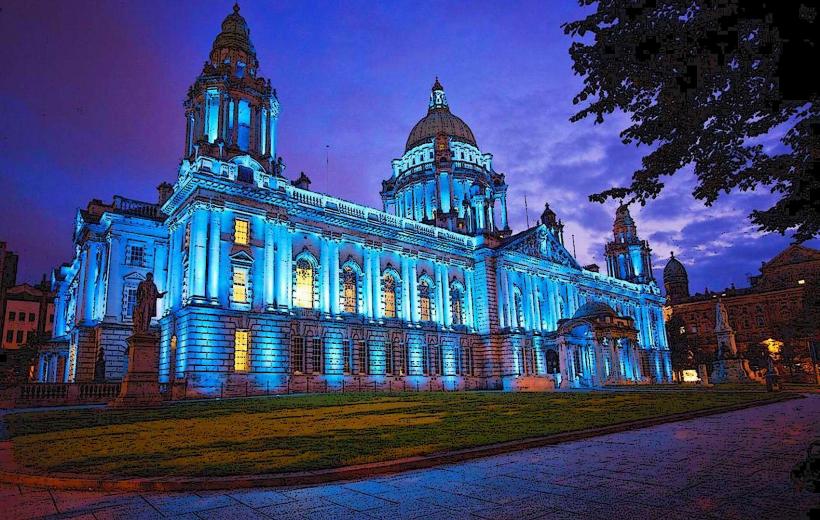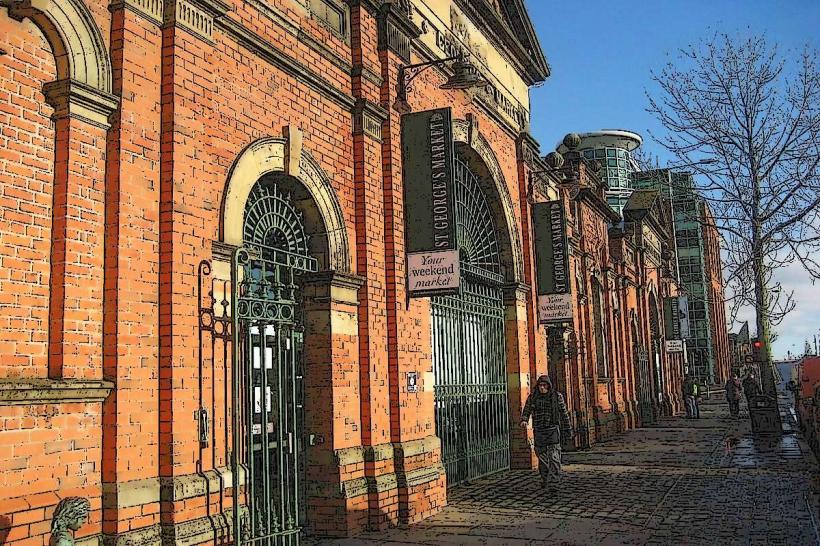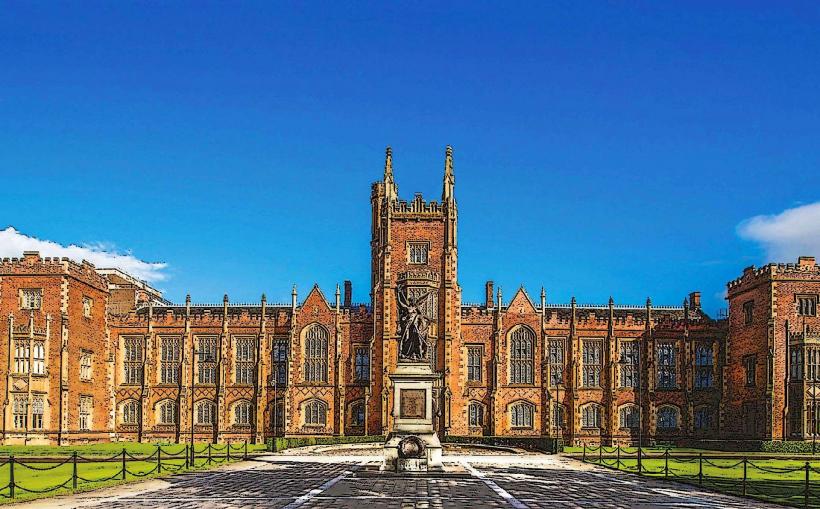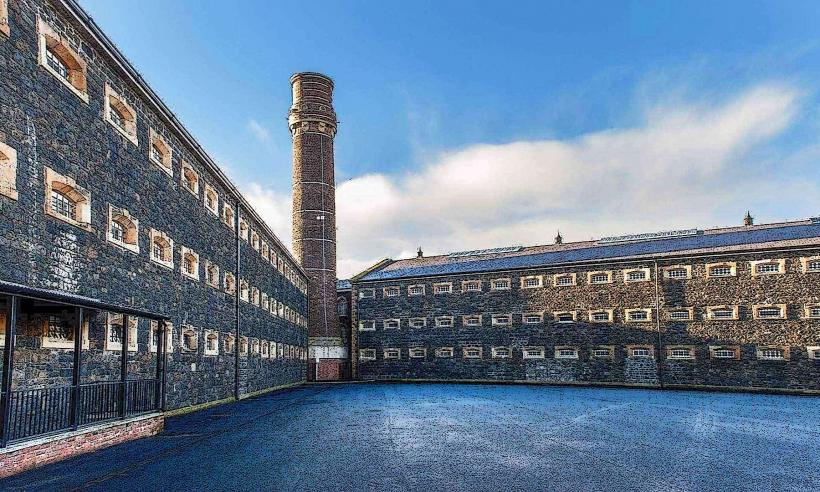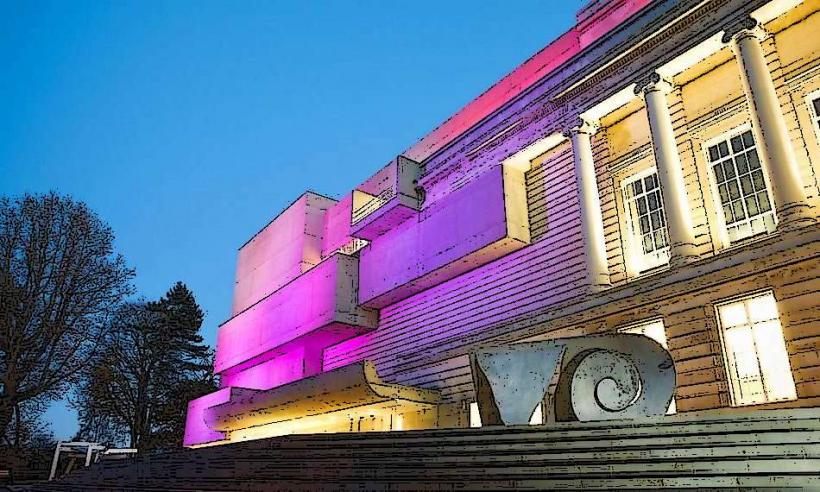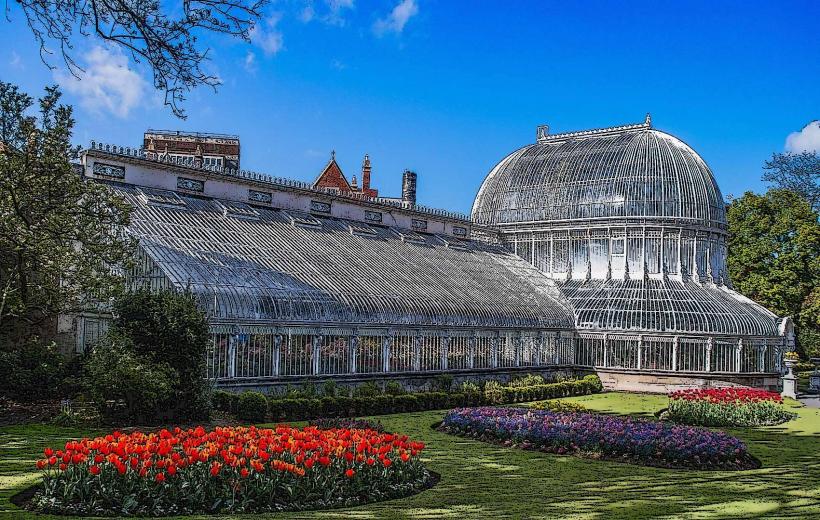Information
Landmark: Stormont Parliament BuildingsCity: Belfast
Country: United Kingdom
Continent: Europe
Stormont Parliament Buildings, also known as Parliament Buildings, are the seat of the Northern Ireland Assembly, the devolved legislature of Northern Ireland. Located in Belfast, these iconic buildings sit atop the Stormont Estate in the east of the city and are surrounded by extensive parkland and gardens. The buildings are an important symbol of Northern Ireland’s political history and are a striking example of neoclassical architecture.
History and Overview
Origins and Construction: The need for a dedicated building to house Northern Ireland’s parliament became apparent after the establishment of the Northern Ireland Government in 1921. Prior to this, Northern Ireland was governed as part of the United Kingdom, but with the formation of the state as part of the Government of Ireland Act 1920, it became a self-governing entity.
- The design for the Stormont Parliament Buildings was awarded to Sir Arnold Thornely, an English architect, and construction began in 1928. The buildings were completed in 1932, and the Northern Ireland Parliament was formally opened that year.
Architectural Design: The architecture of the Stormont Parliament Buildings is based on neoclassical principles, with strong influences from Greek and Roman styles, reflecting the sense of majesty and formality associated with parliamentary institutions. The building’s most prominent feature is the portico at the front entrance, supported by twelve massive Corinthian columns.
- The structure is U-shaped, and the main building is flanked by two large wings, providing a stately and symmetrical appearance. The building was designed to represent the dignity and authority of the Northern Ireland Parliament.
Political Significance: The Stormont Parliament Buildings housed the Parliament of Northern Ireland from its opening until the suspension of the Northern Ireland Assembly in 1972, following the Troubles and rising tensions between nationalist and unionist communities. The Assembly was suspended and later dissolved after the outbreak of the civil conflict, which led to the direct governance of Northern Ireland by the British government.
- The Stormont Estate became symbolic of political division, but following the Good Friday Agreement of 1998, the Northern Ireland Assembly was re-established, and the buildings became the seat of devolved government once again. Today, they house the legislative chambers, the offices of Assembly members, and various committees.
Key Features and Components
Main Building:
- The main building of Stormont Parliament is divided into several wings that contain the Northern Ireland Assembly, offices for Assembly members, and committee rooms. The grand front portico is one of the most recognizable features, with its twelve Corinthian columns and central clock tower.
- Inside, the building contains the Legislative Chamber where Members of the Legislative Assembly (MLAs) debate and pass legislation. This chamber is adorned with a large stained-glass window depicting the arms of Northern Ireland and scenes of nature and industry.
The Great Hall:
- One of the most striking parts of the building is the Great Hall, located just inside the main entrance. This room is used for special ceremonies and gatherings and is known for its impressive design, with marble floors, a vaulted ceiling, and magnificent chandeliers. The Great Hall is often used for official functions and receptions.
The Assembly Chamber:
- The Assembly Chamber is the heart of the Stormont Parliament Buildings, where the Northern Ireland Assembly meets to discuss and pass legislation. It is a large, elegant room with an imposing chamber, a central podium, and benches for the Members of the Legislative Assembly. The chamber is designed to reflect the importance of parliamentary democracy in Northern Ireland.
The Stormont Estate and Grounds:
- The Parliament Buildings are set in the Stormont Estate, a large area of parkland and gardens surrounding the buildings. The estate covers over 200 acres, and is home to a variety of natural features, including woodlands, lakes, and formal gardens.
- Visitors can enjoy walking paths, picnic areas, and views of the surrounding countryside. The estate also includes the Stormont Pavilion, a visitor center that provides information about the history of the parliament and the Stormont Estate.
Stormont Castle:
- Just across from the Parliament Buildings is Stormont Castle, which was originally the residence of the Governors of Northern Ireland. Today, it houses the offices of the First Minister and Deputy First Minister of Northern Ireland. While it is not open to the public, it remains an important part of the Stormont complex.
The Stormont Monument:
- The Stormont Monument is a significant historical feature located on the grounds of the Stormont Estate. It commemorates the history of the Northern Ireland Parliament and serves as a reminder of the importance of democracy in the region.
Political and Cultural Significance
Symbol of Devolution: The Stormont Parliament Buildings symbolize the process of devolution in Northern Ireland, representing a move from direct governance by the United Kingdom to self-governance by the people of Northern Ireland. They are a center of political activity and represent the democratic principles of governance, as well as the historical journey of Northern Ireland from conflict to peace.
The Troubles and the Peace Process: The Parliament Buildings are also a reminder of the political tensions and violence that marked the Troubles, the conflict between nationalist and unionist communities in Northern Ireland. The building’s suspension during the period of direct rule is a part of the region's painful history, but its subsequent reopening and the establishment of the Northern Ireland Assembly under the Good Friday Agreement marked a hopeful new chapter in the region’s political landscape.
Cultural and Heritage Site: The Stormont buildings and the surrounding estate have become a significant cultural and heritage site in Belfast. The Stormont Estate is regularly used for public events, including outdoor concerts, public rallies, and community festivals. It also hosts guided tours where visitors can learn about the history of the buildings, the legislative process, and Northern Ireland’s political landscape.
Visitor Information
Opening Hours and Access: While the Stormont Parliament Buildings are not generally open to the public except during special events, there are guided tours available during certain times of the year. Visitors can also explore the Stormont Estate and gardens, which are open to the public year-round.
Stormont Pavilion: The Stormont Pavilion, located on the grounds of the estate, serves as a visitor center, providing information about the history of the parliament buildings, the estate, and Northern Ireland’s political evolution. The Pavilion offers exhibits and displays about the architecture and historical context of the site.
Public Transport: The Parliament Buildings are accessible by bus from Belfast city center, and there are several parking facilities available on the estate. It is located a short distance from Belfast’s main attractions and is easily reached by local transport.
Conclusion
The Stormont Parliament Buildings are an iconic landmark in Belfast, rich in history, political significance, and architectural beauty. From its design and construction to its role in the peace process and as the center of government in Northern Ireland, Stormont is a key symbol of the region’s democratic journey. The surrounding estate, with its lush parkland and historical monuments, offers a peaceful retreat with breathtaking views of the city and the countryside beyond. Whether for political reasons, historical interest, or simply to enjoy the natural surroundings, Stormont is a site of immense importance and value to both locals and visitors.

